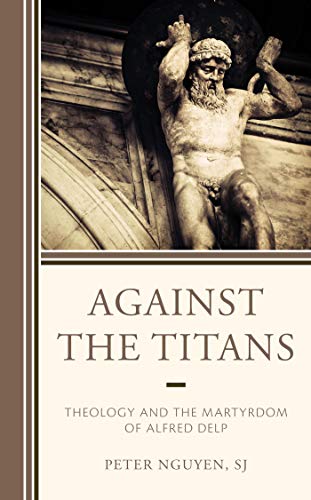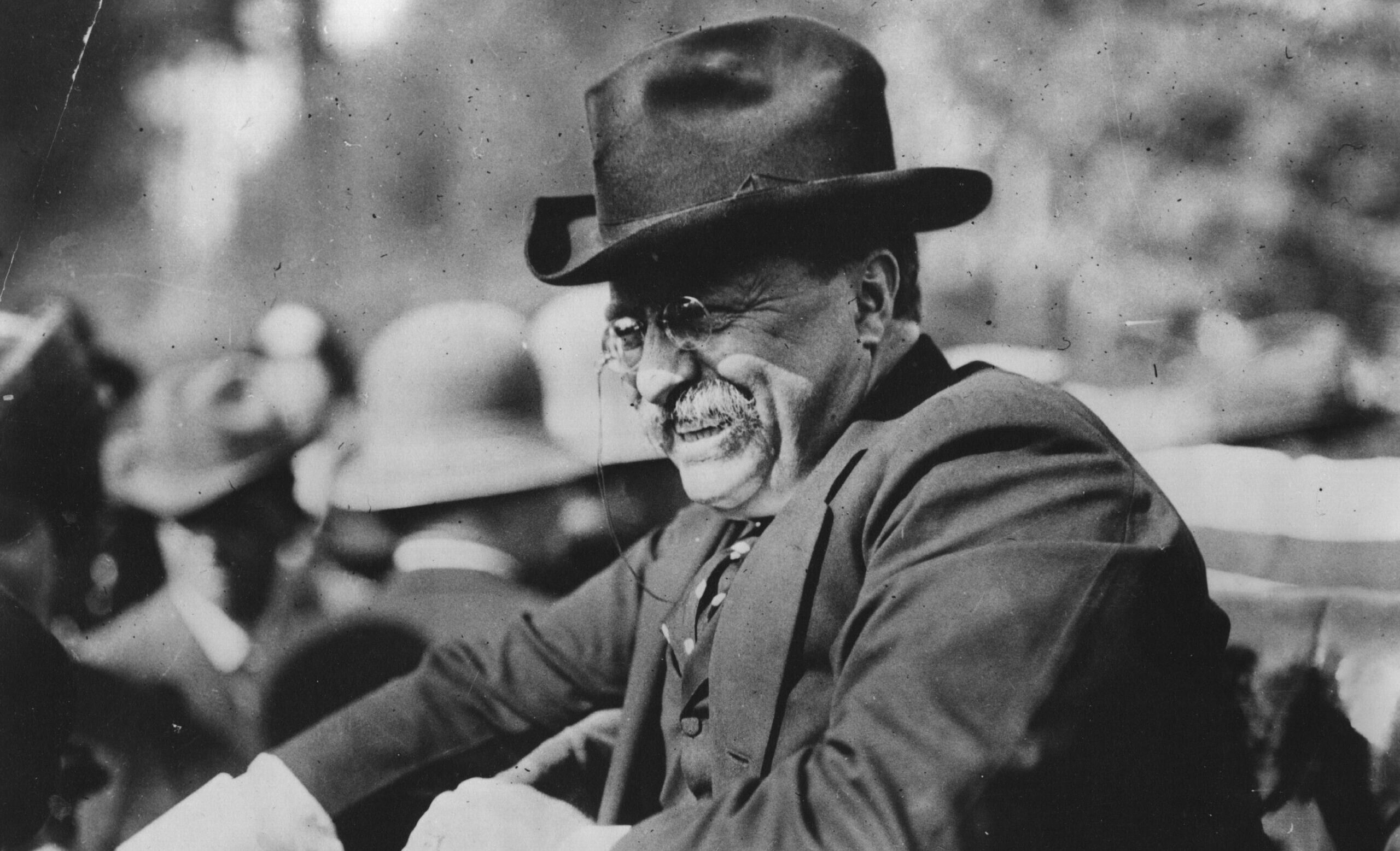The capital of the southern Mexican state of Michoacán, Morelia—which I know well because it is the home of my in-laws—is named for José María Morelos y Pavón. This venerated hero of the Mexican national pantheon became the military leader of the Mexican movement for independence after the death of his friend Miguel Hidalgo y Costilla. For a little more than a year, he led guerrilla fighters to victories over better trained and armed government troops from Acapulco to Oaxaca. I have ascended the spiral staircase in the interior of the visually stunning 130-foot statue of Morelos on the island of Janitzio, an hour west of Morelia. The statue depicts him with his arm stretched overhead, pointing upward to the heavens.
Both Hidalgo and Morelos spent much of their lives in Morelia. The pair shared another meaningful biographical fact beyond their leadership of armies: they were both Catholic priests who understood their religious vocation and their engagement in the business of war as perfectly consistent with each other.
These two Mexican priest-generals were in the back of my mind as I worked my way through Against the Titans. Its author, Peter Nguyen, provides an extensive description of the writings of the World War II–era German Jesuit martyr Alfred Delp on Christian resistance to totalitarian violence. He makes careful use of the theological work of Hans Urs von Balthasar to evaluate the spiritual rigor and orthodoxy of Delp’s framing of his path to martyrdom.
Had Nguyen contented himself with this valuable exegetical task, I would have written a different review. Alas, he did not so constrain himself. There is a strong polemical thrust to the book which ends up dominating it. The polemic involves Nguyen’s desire to denounce the German nationalist writer Ernst Jünger, and by implication those influenced and inspired by his work, and to advance problematic claims about the incompatibility of Christian faith with masculine heroism based on a crude caricature of Jünger. Delp himself seems to have had little to say to or about Jünger during his short lifetime, so this opposition of the two is largely if not entirely Nguyen’s invention.
Nguyen believes that the thinking of the author of Storm of Steel and that of the Nazis are “not so different,” “equally authoritarian and reactionary,” and committed to an identical “destructive nihilism.” He relies on only a handful of sources for his interpretive reading of Jünger’s place in German intellectual and cultural life. Several of those sources take stances on this topic that are more complicated than Nguyen’s and sometimes in direct opposition to it. On the very first page of Ernst Jünger and Germany, one of these sources, Thomas Nevin, writes that Jünger’s “writings . . . put him at an unimpeachable remove from the Nazis.” On that book’s second page, Nevin reminds the reader that Jünger was given a citation by Pope John Paul II. A few pages later, another key element of Nguyen’s interpretive effort, the idea that Jünger can reasonably be seen as a “glorifier of war,” is rejected.
Nguyen claims that another of his sources, Roger Griffin, in Modernism and Fascism, places Jünger on the same “spectrum” as Nazism. In fact, Griffin mentions Jünger but a few times, and never makes such a claim, concluding on the contrary “how simplistic it is to postulate any direct lineage between cultural modernism [of which Jünger is presented as an exemplar] and those crimes [i.e., of the Nazi regime].”
That Nguyen misinterprets sources is important, but his omissions are far more telling as to the weakness of his thesis. It is remarkable to discover that in a book depicting Jünger as an enemy of Christianity not a word can be found about “The Peace,” written during the Nazi years, in which Jünger argued for a reinvigorated Christianity as the central cultural institution to reunite Europe. The entirety of this text articulates the need for “struggle against nihilism,” which “will be possible only with the help of the churches” and a “belief in an intelligence transcending man’s.” Nevin describes “The Peace” in this way: “None of Jünger’s writing may be more important to a lasting estimate of him.” In it, the two worldviews—liberalism and Christianity—that Delp (and Nguyen) take as a natural cohort are found incompatible. Europe will have to choose. Jünger’s choice in “The Peace” is clear: Christianity.
Admiration for the Christian faith and its cultural imprint are not difficult to find elsewhere in Jünger. One moving passage in his journal describes the situation in which, having entered France as part of the German military invasion in June 1940, he found himself commanding a German force overseeing prisoners of war in Laon, 150 kilometers south of Lille. The city is home to the Cathédrale Notre-Dame de Laon, one of France’s most magnificent early Gothic cathedrals, which dates from the early 1200s. He wrote:
I grasped the unity of that earlier time and our own. I felt that . . . this unity must not escape me, and I swore hereafter never to forget that I am responsible to the ancestors. . . . [T]hese cathedrals are works, living compositions far from the dead heaps of the bourgeois world. With that came the thought that this church stood under my protection. I pressed it to my heart.
Nguyen intends the “Delp versus Jünger” framework to reduce ultimately to a more basic opposition: Christianity versus fascism/nationalism. Here too, though, complexity gets in the way. Fascism is presented as the chief threat to the faith in the interwar period. Nguyen approvingly quotes an Italian historian to the effect that fascism was “more treacherous” for the Church than communism, the latter of which, incredibly, is ignored nearly entirely in this book. But nationalist movements varied considerably, and some showed themselves in practice eminently sympathetic to the Church. In France alone, there were at least two influential mass nationalist movements in the early twentieth century—the Action Française and the Croix de Feu—that embraced the moral teachings of Catholicism. To speak only of “treachery” in the relationship of nationalism and Christianity in this period is not something one expects from someone who has carefully studied the politics and culture of the period. And in what moral universe can any nationalist double dealings with the Church be judged to be worse than the straightforwardly murderous anti-Christian program of the communists?
As an interpretive work on the meaning of Jünger’s writing, then, this book fails. Let us turn then to Nguyen’s broader discussion of the Christian, i.e., Delpian, ethics of resistance to totalitarian violence.
Both the Jesuit martyr and his interpreter present a view of such ethics that is unrealistic. Delp’s model is St. Stephen and his “extraordinary self-surrender.” Masculine assertiveness, especially but not only in acts of violence, is denigrated as “usurping divine-like power,” when what is required is a properly Christian heroism that “does not concern itself with incredible deeds but a recognition of one’s own weakness.” It bears recalling, though neither Delp nor Nguyen does so, that Stephen was martyred for speaking critically before the Sanhedrin about its refusal of Christ’s divinity. That is, his methodology for resistance was calibrated for an audience of those with deeply shared moral principles and convictions, even if it still ended in his death. He could at least expect those he was upbraiding to be morally capable of reflecting on his words from a perspective not entirely unlike his own. When Delp condemned Nazis, he was engaging in quite a different activity.
This distinction between those foes who share a moral vocabulary with us and those who are wholly foreign and hostile to the Christian moral vision is essential. The pacifist’s way is effective, potentially, only if the enemy shares his horror of violence and if he can be swayed morally to hear the call to peace. The evidence of war, unfortunately, is that this is only sometimes the case. A thousand, ten thousand, a million Delps would almost certainly not even have slowed the Nazi regime’s atrocities. It is a mundane thing to have to say, but some highly educated people still need to have it said to them: all violence is not of a piece. Nguyen, who in his book’s bibliographical blurb is described as a practitioner of Brazilian jiu-jitsu, surely knows this. Not only sparring with gloves and headgear but even some war and killing is morally justifiable, and this even when it is done by Christians. Resisting evil cannot in all cases consist of baring one’s throat to it. The elevation of Delp’s specific method for refusing Nazism to the only possible Christian way to do so collapses as well.
Nguyen has written a book that would negate Morelos and Hidalgo as authentic Christians from the beginning. Neither is it clear how he could make sense of the many Christian members of the American armed forces, individuals beholden to the same God as Delp is. As I read the book, I thought too of Daniel Jackson, the Tennessee sniper in Saving Private Ryan, who quotes the Psalms as he targets Nazis: “Blessed be the Lord my strength, which teacheth my hands to war and my fingers to fight. My goodness and my fortress, my high tower, and my deliverer; my shield, and He in whom I trust.” I recalled the scene in which he tells his fellows that God had made him a “fine instrument of warfare” who could kill Hitler from a mile away. If a real-life Daniel Jackson could have been gotten in range of the Nazi Führer, would that not have been a moral good and a deed worthy of a Christian?















